Our first ever week of winter sun and we headed for Los Gigantes, Tenerife, in the shadow of El Teide. A bit of walking, some birding, whale watching, and a sampling of sangria, paella and the local piscine delicacy, cherne. Oh, and there was music and cocktails (Mai Tai* for me).
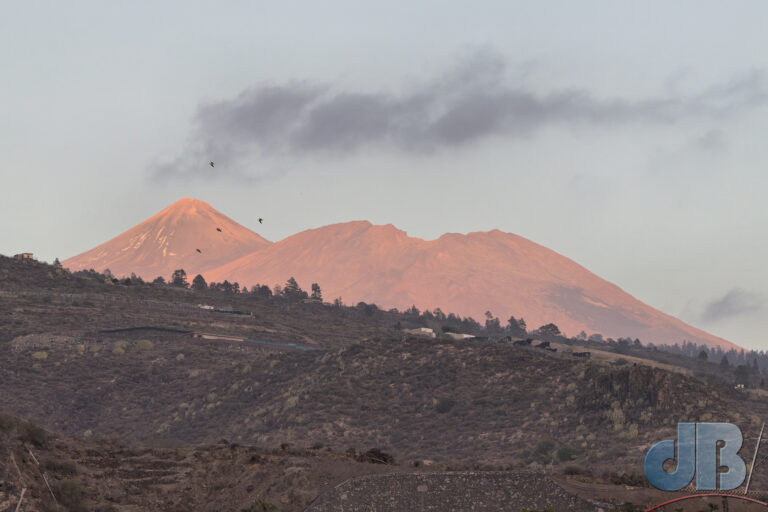
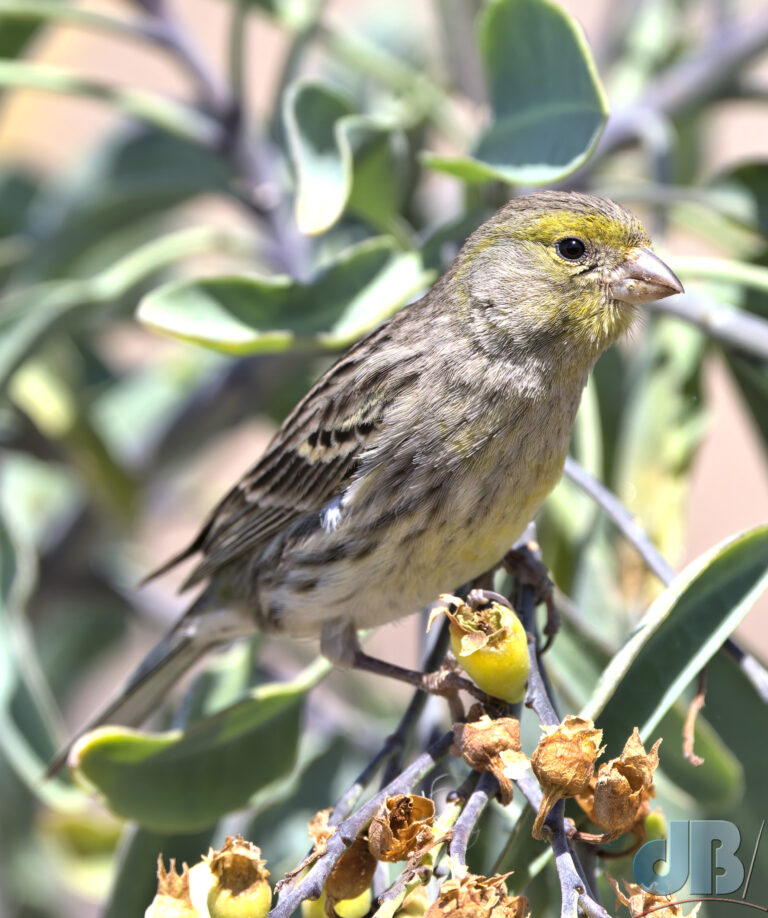
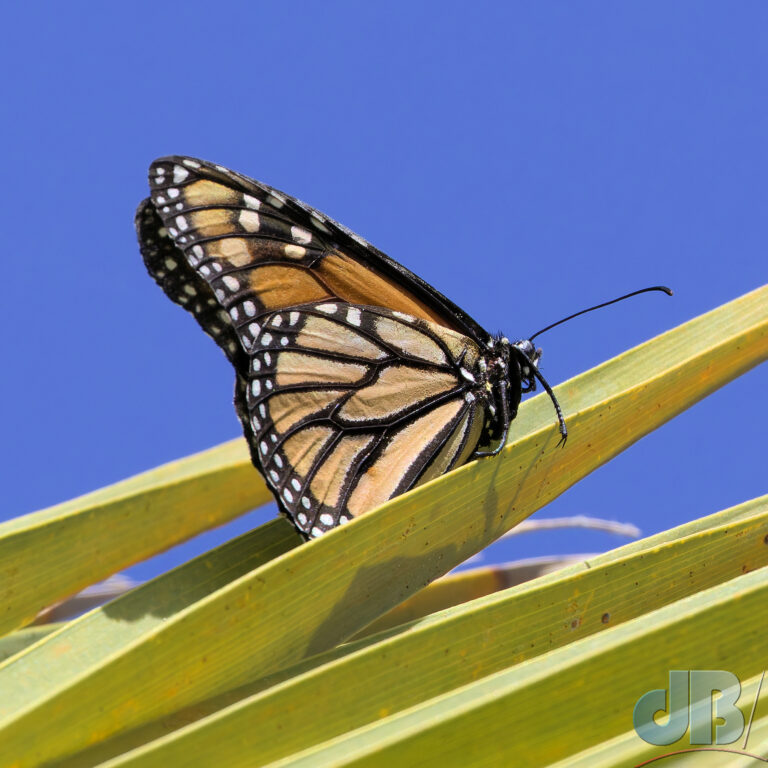
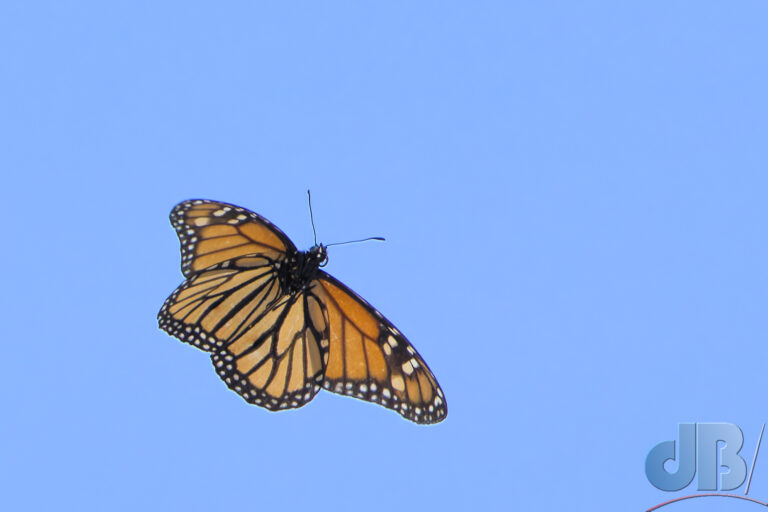
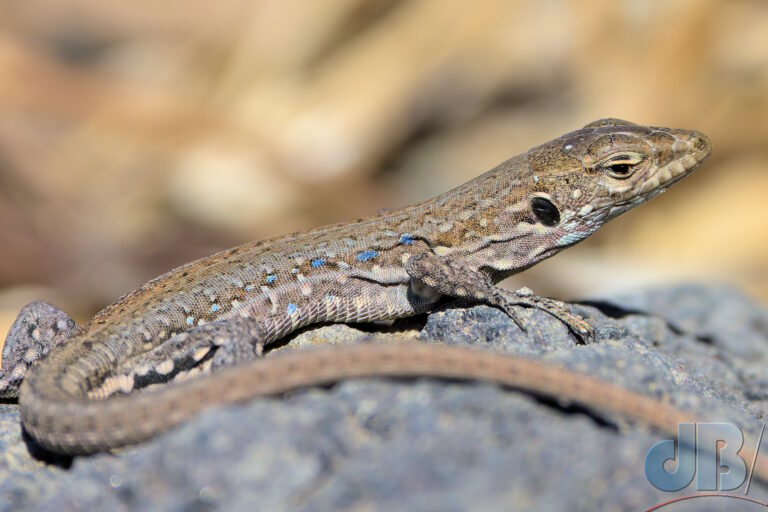
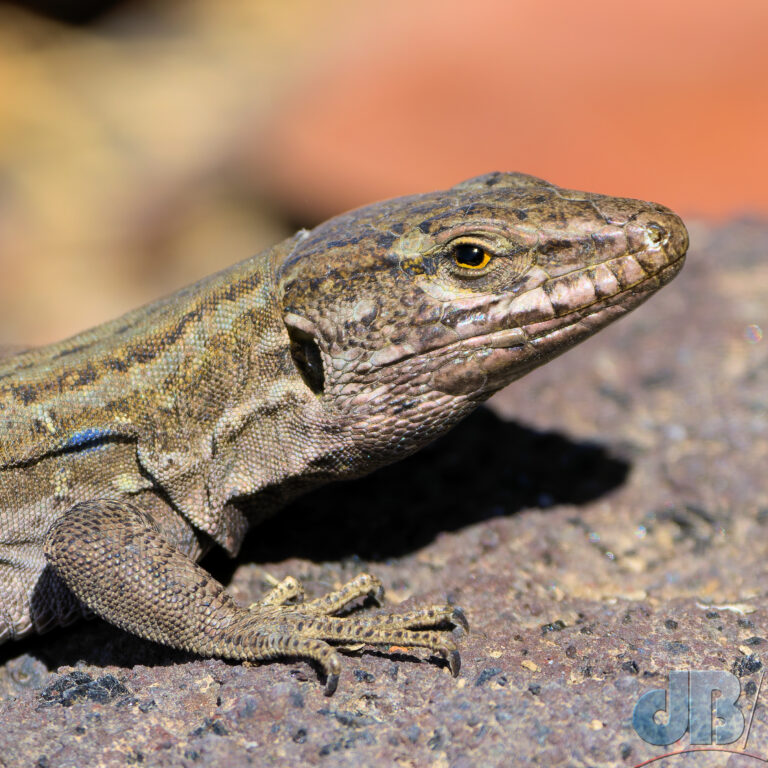
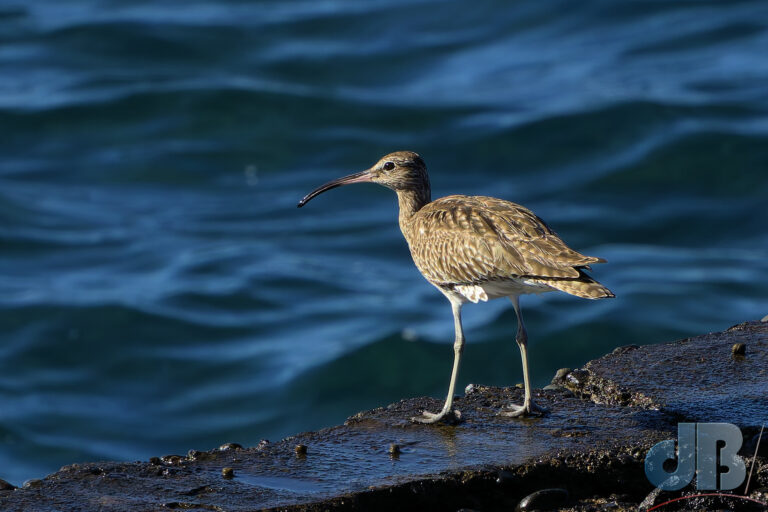
We managed the boat trip to see dolphins and whales, not easy to get good shots from a moving boat. We were treated to Short-finned Pilot Wales (pod of 7 or 8 male Globicephala macrorhynchus, the big-nosed globe-head) that hunt for giant squid in the deep waters (600+ metres) between Tenerife and the neighbouring island of La Gomera (beyond it El Hierro). We also saw a pod of Atlantic Spotted Dolphin (Stenella frontalis, narrow-fronts). The swimming opportunity at Masca Bay was short as we’d apparently overstretched our time on the open water; neither of us felt like taking a dip, anyway, given our gastrointestinal status.
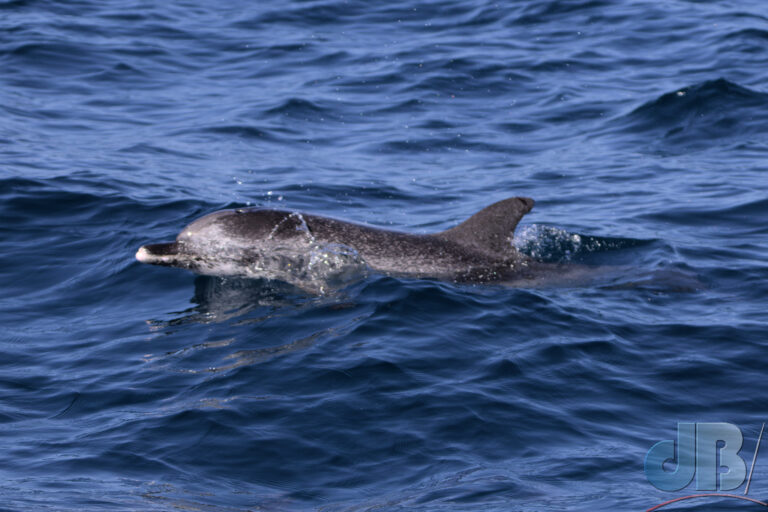
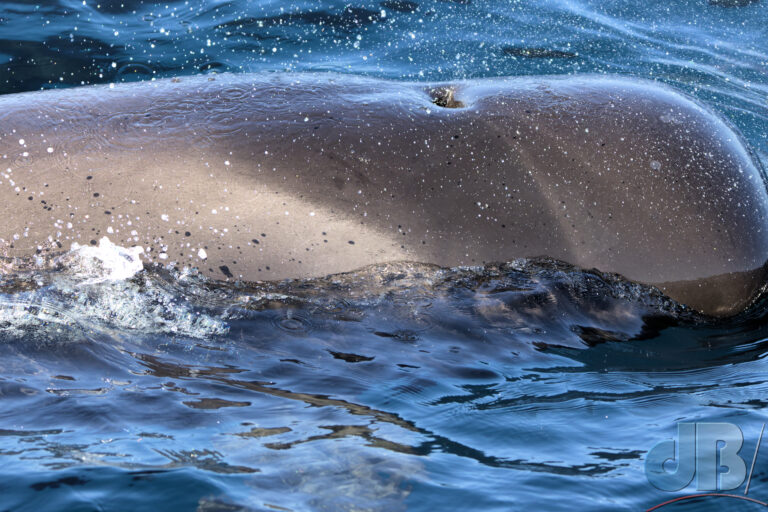
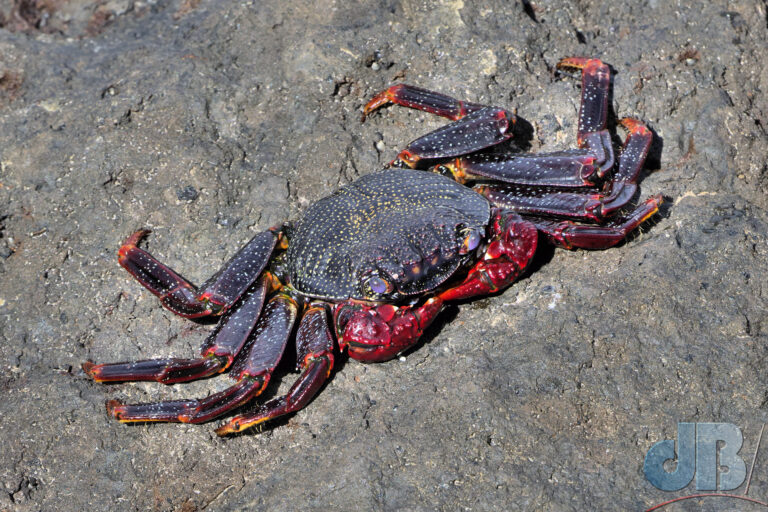
It was wonderful to have such long, sunny and warm days on Canary time. While sunrise was close to 8am, sunset was not until almost 7pm and the temperatures were in the low to mid-20s during daylight, so it was perfect in many ways. It’s certainly a tonic for one’s mental health to be able to bask in the sun at that time of the evening in swimming kit. Moreover, it is at a time of year just ahead of our birthdays when we might usually be braced against the Arctic northerlies on the Norfolk coast looking out for Snow Bunting and instead we were listening to Canary Island Chiffchaff and Atlantic Canary from our sun loungers while the countless Yellow-legged Gulls flew to roost among the 5-million-year old cliffs beyond the hotel.
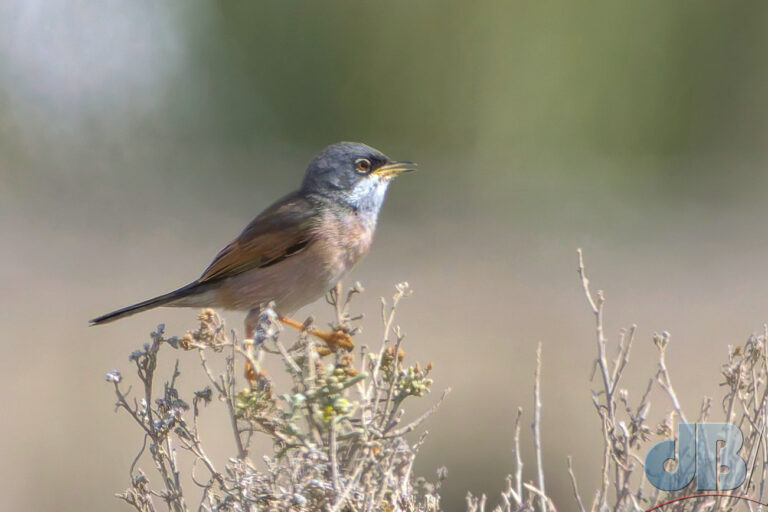
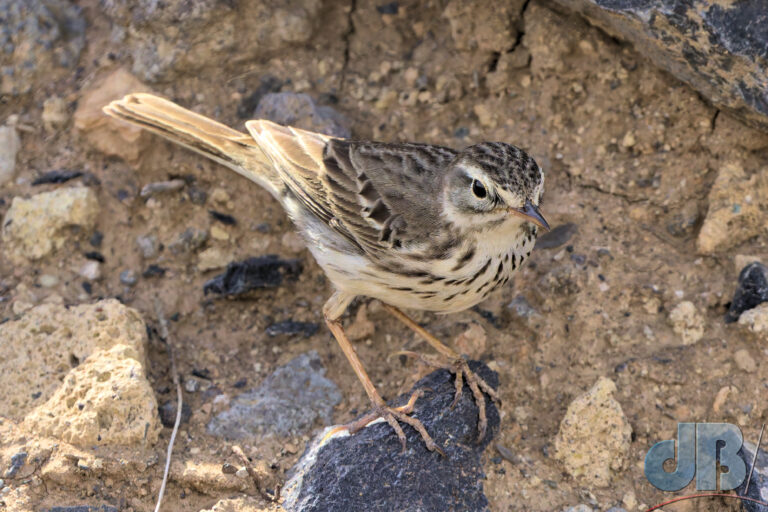
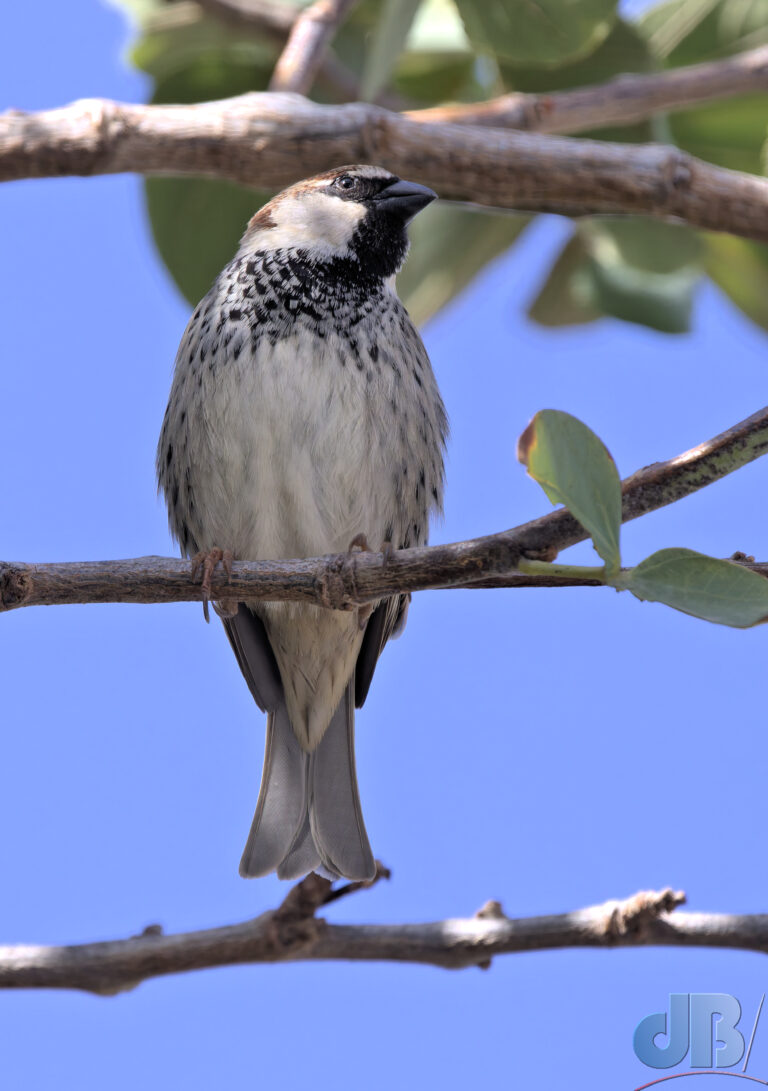
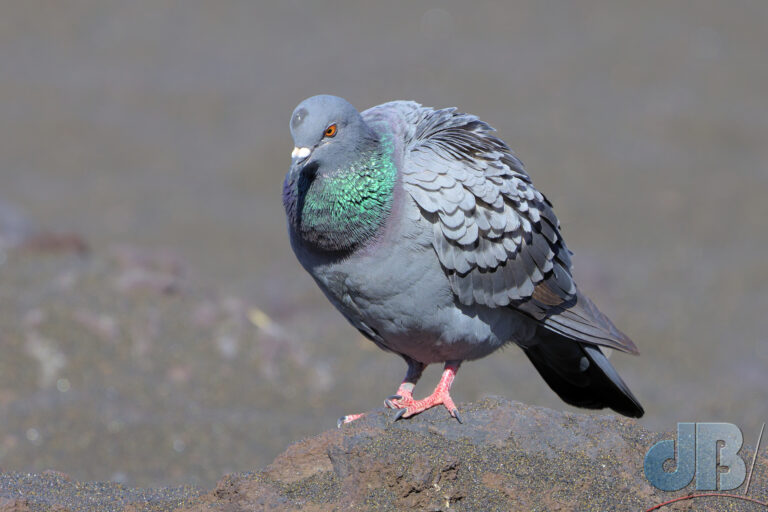
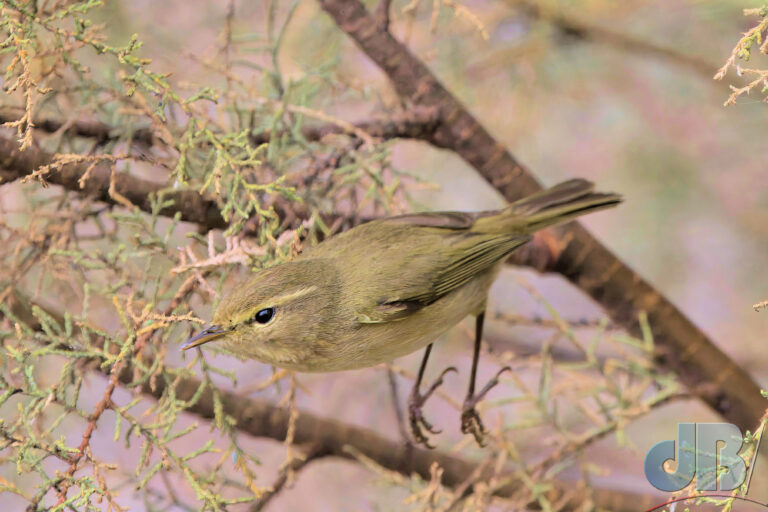
There was always a chance of seeing either a fishing Osprey or a Sea Eagle (White-tailed Eagle) off those same cliffs, but we never did catch sight of either of those sadly rare and endangered species. I had also hoped for the iconic Blue Chaffinch among the pine glades en route to Mt. Teide, but no luck with that species either. Also failed to see Common Hoopoe on any scrubby, ant-ridden patches of bare land, but we did tick several other species and sub-species and a couple that we hadn’t seen anywhere before.
Avian sightings
Atlantic Canary, Serinus canaria (numerous)
Atlantic Yellow-legged Gull, Larus michahellis atlantis (many)
Barn Swallow, Hirundo rustica (on journey to hotel?)
Bertholet’s Pipit, Anthus berthelotii (Mt. Teide and then on derelict area along coast)
Canarian Common Kestrel, Falco tinnunculus canariensis (Mt, Teide and then several on airport return journey or maybe Lesser Kestrel sometimes, Falco naumanni)
Canary Islands Chiffchaff, Phylloscopus canariensis (lots, loud)
Eleonora’s Falcon, Falco eleonorae (to hotel and then at Playa de la Arena)
Eurasian Collared Dove, Streptopelia decaocto (loads)
Eurasian Whimbrel, Numenius phaeopus (rocks before Playa de la Arena)
European Robin, Erithacus rubeculla (cafe with pines up to Mt. Teide)Feral Rock Dove, Columba livia (plentiful)
Lesser Black-backed Gull, Larus fuscus (according to ObsId)
Little Egret, Egretta garzetta (on rocks and once flying off Los Gigantes)
Pied Avocet, Recurvirostra avosetta, a pair, twice flying up the coast
Raven, Corvus corax 1x (cafe at bottom of Mt. Teide and 2x from bus back to airport)
Ruddy Turnstone, Arenaria interpres (rocky coast)
Spectacled Warbler, Curruca conspicillata (coastal derelict site)
Spanish Sparrow, Passer hispaniolensis (plentiful around hotel etc)
Sparrowhawk, Acipiter nisus, (possibly sub-species, from return bus)
White Wagtail, Motacilla alba (heard only, over hotel)
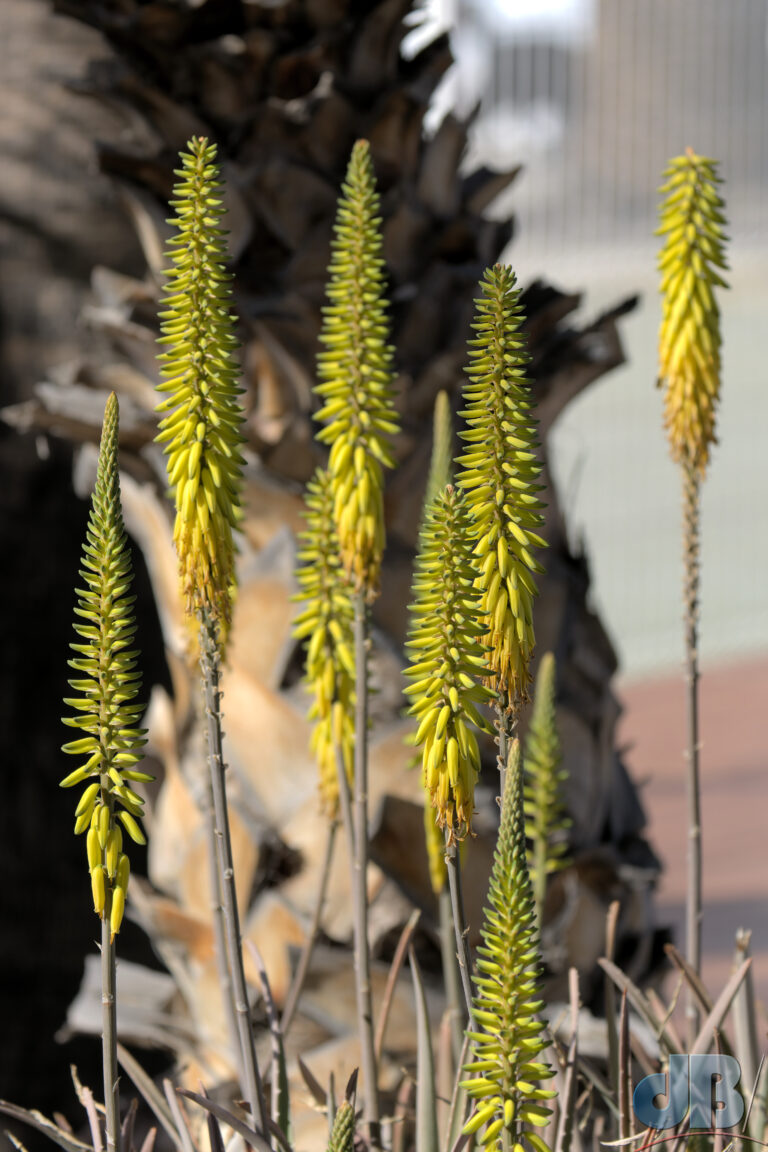
Non-avian animals list
Atlantic Spotted Dolphin, Stenella frontalis
Short-finned Pilot Whale, Globicephala macrorhynchus
Mullet (fish)
Honey Bee feeding on palm trees
Emperor Dragonfly x2 (one at pine cafe one in Los Gigantes
Other dragonfly, brown, smaller darter type
Southern Tenerife Lizard, Gallotia galloti galloti (rocky wall after the arena and elsewhere)
Red Admiral x2 (pines cafe)
Female Canarian Cleopatra butterfly (above arena)
Small Tortoiseshell (hotel)
Some big-ish bees, honeybees, grey bees
Monarch, Danaus plexippus (Route 66 cafe near hotel)
Large White (en route back to airport)
That reference to gastrointestinal status? We’d had quite a grim start to our first ever winter sun holiday. I woke on flight day with what I assumed was food poisoning. I was pretty much over it by our first morning on Tenerife. But Mrs Sciencebase succumbed after a short walk to the harbour below the huge cliffs of Los Gigantes, so it wasn’t food poisoning, has to have been viral, whoops. We did our best with the trip, but Mrs Sb wasn’t up to much walking and had to miss out on the trip to the otherworldly volcanic peaks of El Teide.
*Mai Tai – White and dark rum, lime juice, orange liqueur, orgeat (almond syrup), Angostura bitters, ice, and a cinnamon stick.